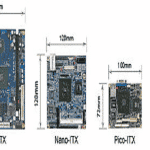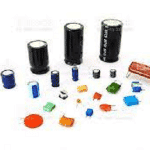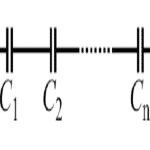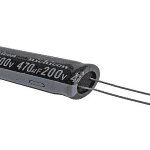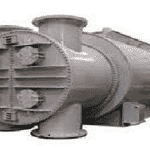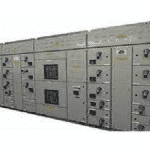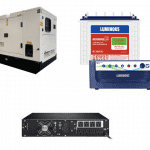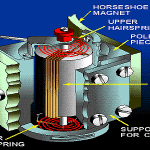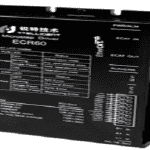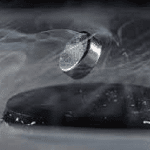At the time when the supply of heaters and motors took place, the power stations provided a good sinusoidal signal voltage, and the load receives a sinusoidal wave current. The entire system is manufactured in the way to manage this signal where this seems to be ideal for efficient distribution. But there happened one issue which was that the transmission system brought in magnetizing current along with the load current. This led to the situation that … [Read more...]
Different Types of Capacitors : Symbols & Their Applications
As we know that in the domain of electronics, capacitors are the most prominent devices which are extensively used in the design of various circuits. The key advantage of using a capacitor in electronic circuits is, its ability to store the electrical energy between its plates. These are the most considered components used for controlling the charge flow in the circuit. Capacitors along with devices like inductors and resistors come under the … [Read more...]
What are Capacitors in Series : Connection, Formula & Its Examples
It was known that in the year 1745, Kleist discovered that charge can be accumulated by accomplishing the connection between electrostatic generator through a wire to water in a glass jar. The component that is used to store the charge is called a capacitor. These capacitors are categorized as non-electrolytic and electrolytic depending on their polarities and dielectrics. The necessary amount of capacitance is obtained when these capacitors are connected … [Read more...]
What is Electrolytic Capacitor : Working & Its Applications
The theory in the electrochemical procedure, metals such as aluminum, niobium, cadmium, and others create an oxide coating that obstructs the actual flow of current directions but allows to flow in the opposite paths. This phenomenon was initially observed by Johann Buff in the year 1875 and its implementation was done by Ducretet. The manufacturer of accumulators namely "Charles" came to know that the oxide coating stays stable in the case of alkaline and … [Read more...]
What is Surface Condenser : Working, Efficiency & Its Applications
In the subject of chemistry, a condenser is considered as a laboratory tool that is utilized for the condensation of vapors along with other activities such as extraction, distillation, and reflux. There are various kinds of condensers that are developed for a variety of purposes and processes. Today, there are various condensers such as Graham, Liebig, West, Spiral, Coil, and others. This article explains one of the most popular types of the condenser and … [Read more...]
What is Switchgear : Components & Its Features
The development was as old as the development of electricity generation. The initial developments in switchgear are very simple which are wall fixed and then upgraded to mount on wooden boards. Later on, the wooden boards were substituted by marbles and slate materials. And this is directed for further enhancement. The first easiest development of this was a tumbler switch which was utilized for controlling and safeguarding lights in houses and others. … [Read more...]
Difference between Generator, Inverter and UPS
One of the major problems that people are still facing these days is an irregularity in power distribution. So, to get rid of this problem, technology has provided us many approaches and various devices. The most general technologies that are used for this purpose is generator, inverter and UPS. Even these devices are extensively used in many household and commercial applications to standardize power deregulations, each device has its own capacity, … [Read more...]
What is PMMC Instrument : Construction, Working & Its Uses
There are various kinds of electrical panels and instruments which are mounted on board that allows sailing of ship easily between two ports in a more efficient and easy manner. This requires arranged maintenance and assessments to stay away from any kind of breakdown at the time of sailing. So, for onboarding purposes, there exist various devices and to measure multiple electrical factors. One of the instruments is the PMMC instrument (Permanent Magnet … [Read more...]
What is a Stepper Motor Driver : Types & Its Working
Motors are the most crucial development, and they play a wide role in many of the domains like engineering, electrical, and others. As the prominence of controlling motors is enhancing, there come wide variations in motor development such as variation in its speed level, type, and sizes. And the one type of development is stepper motor driver which is a kind o controlling the motor. The development of stepper motors took place during the period when the … [Read more...]
What is a Superconductor : Types & Its Applications
The theory of superconductivity came into existence in the year 1911 when the temperature of mercury was nearly 40C by the physicist Onnes for which he won the Nobel prize. From then, the concept of superconductivity progressed, and various kinds of superconductors were discovered. Later on, with many inventions, superconductors also tend to function even at higher temperature levels. The invention of high-temperature kind of superconductors reached … [Read more...]
